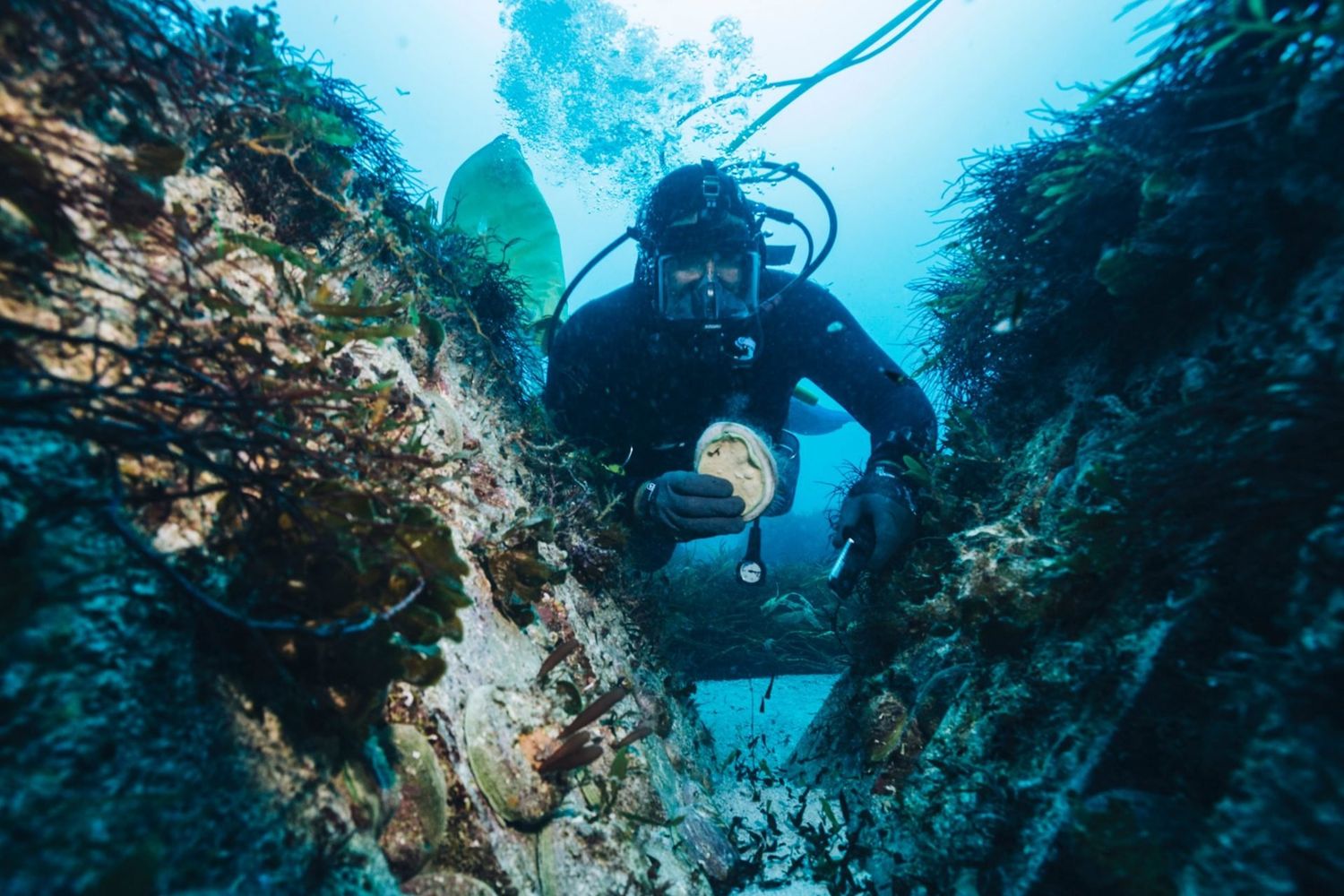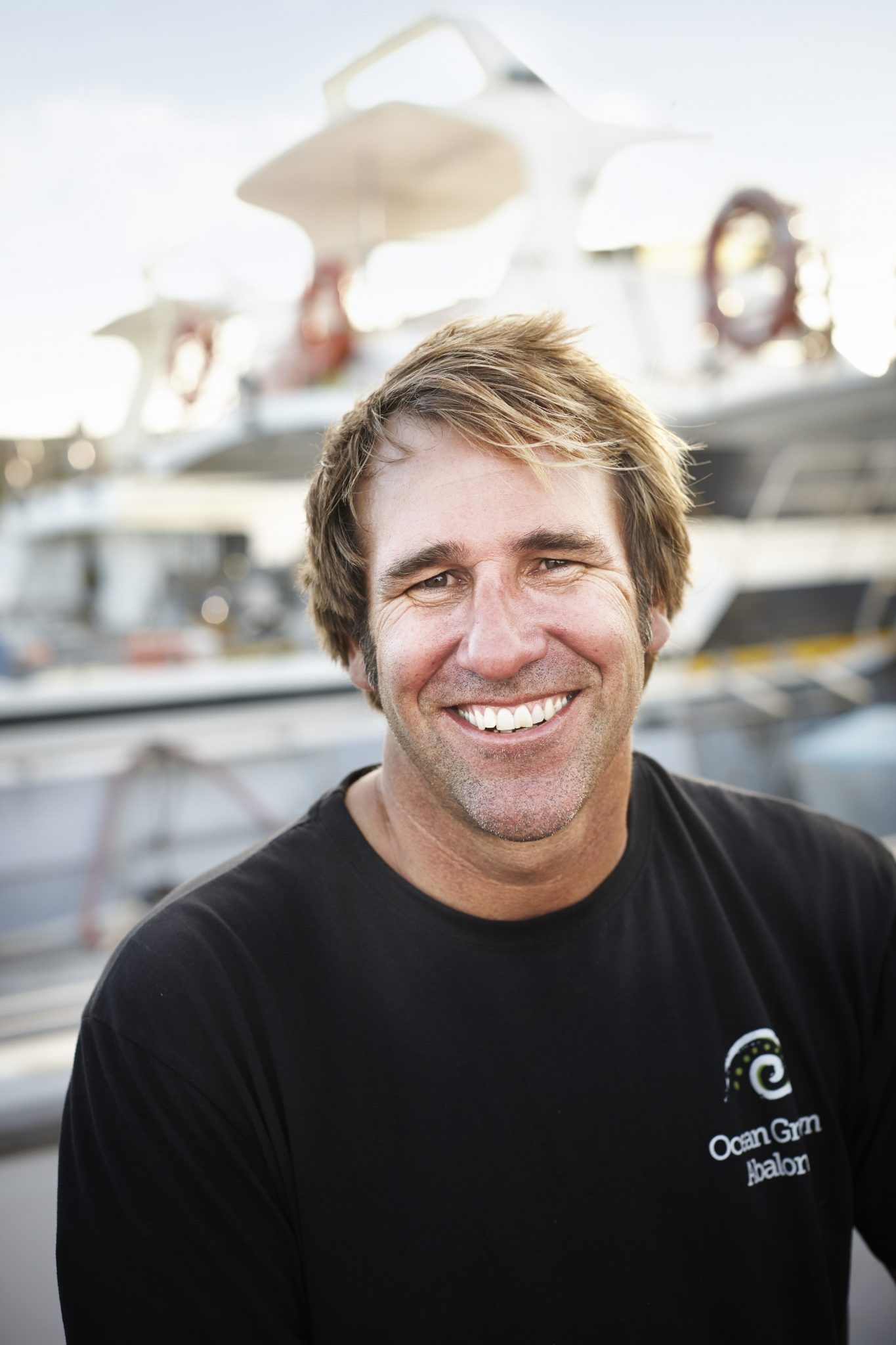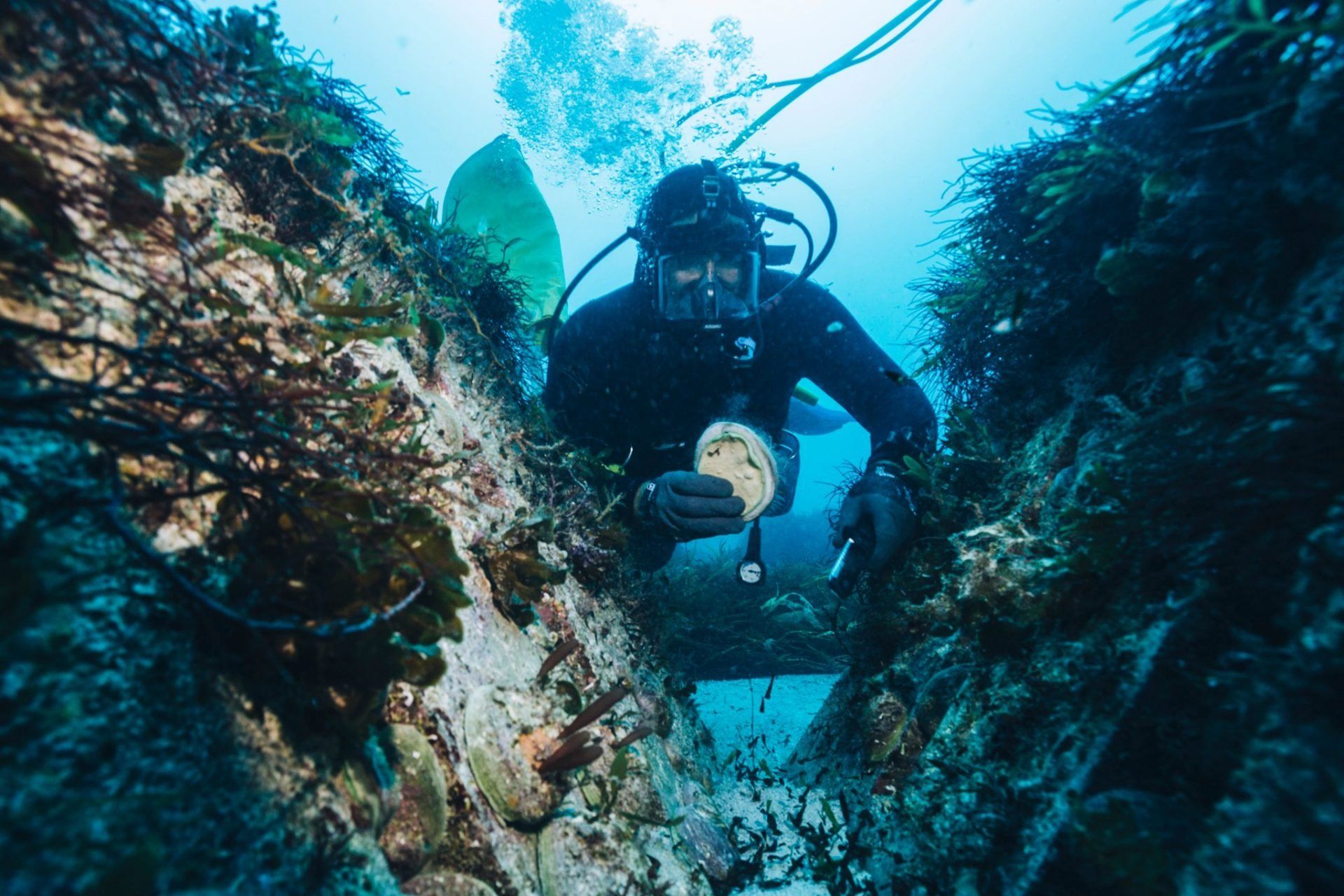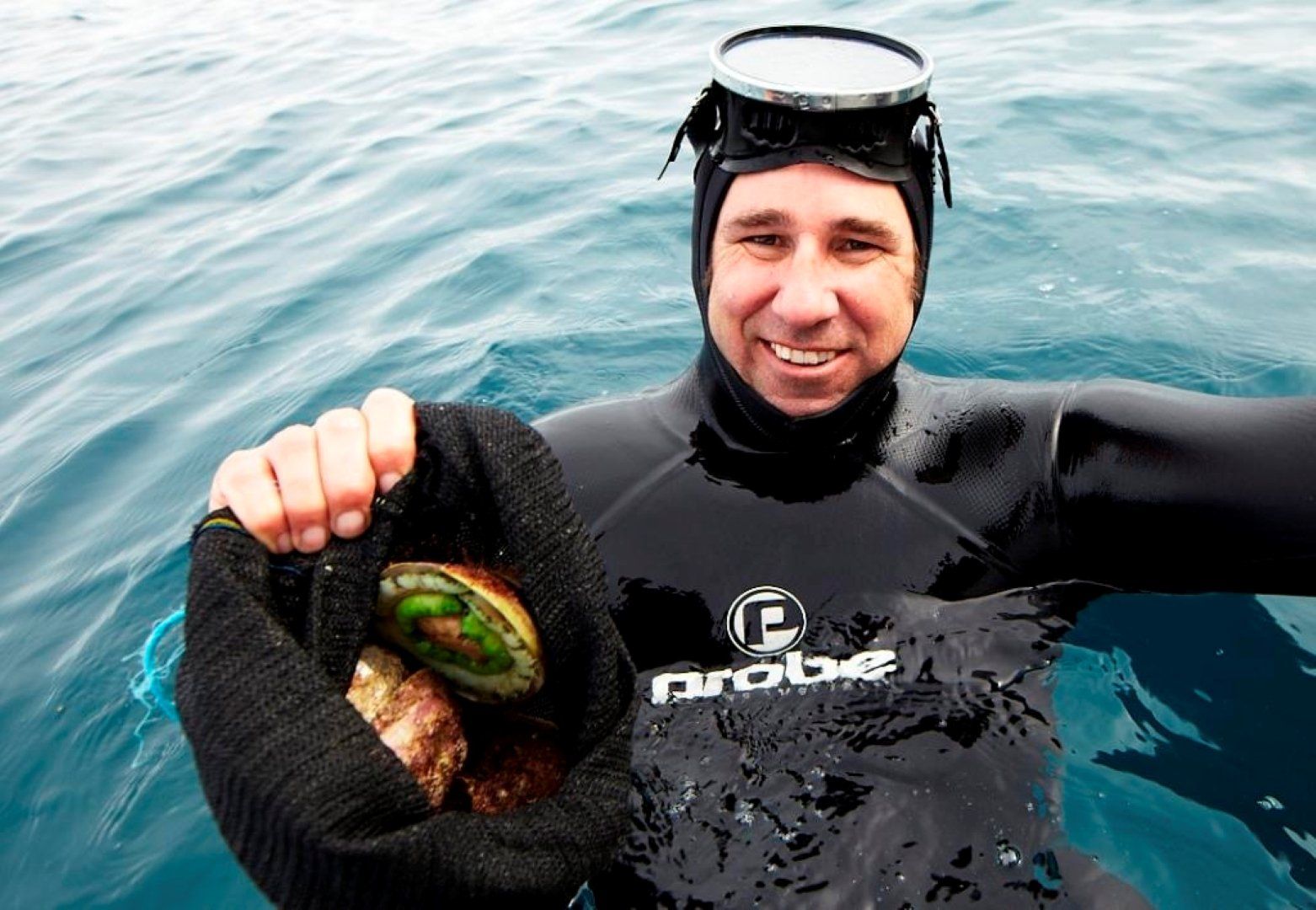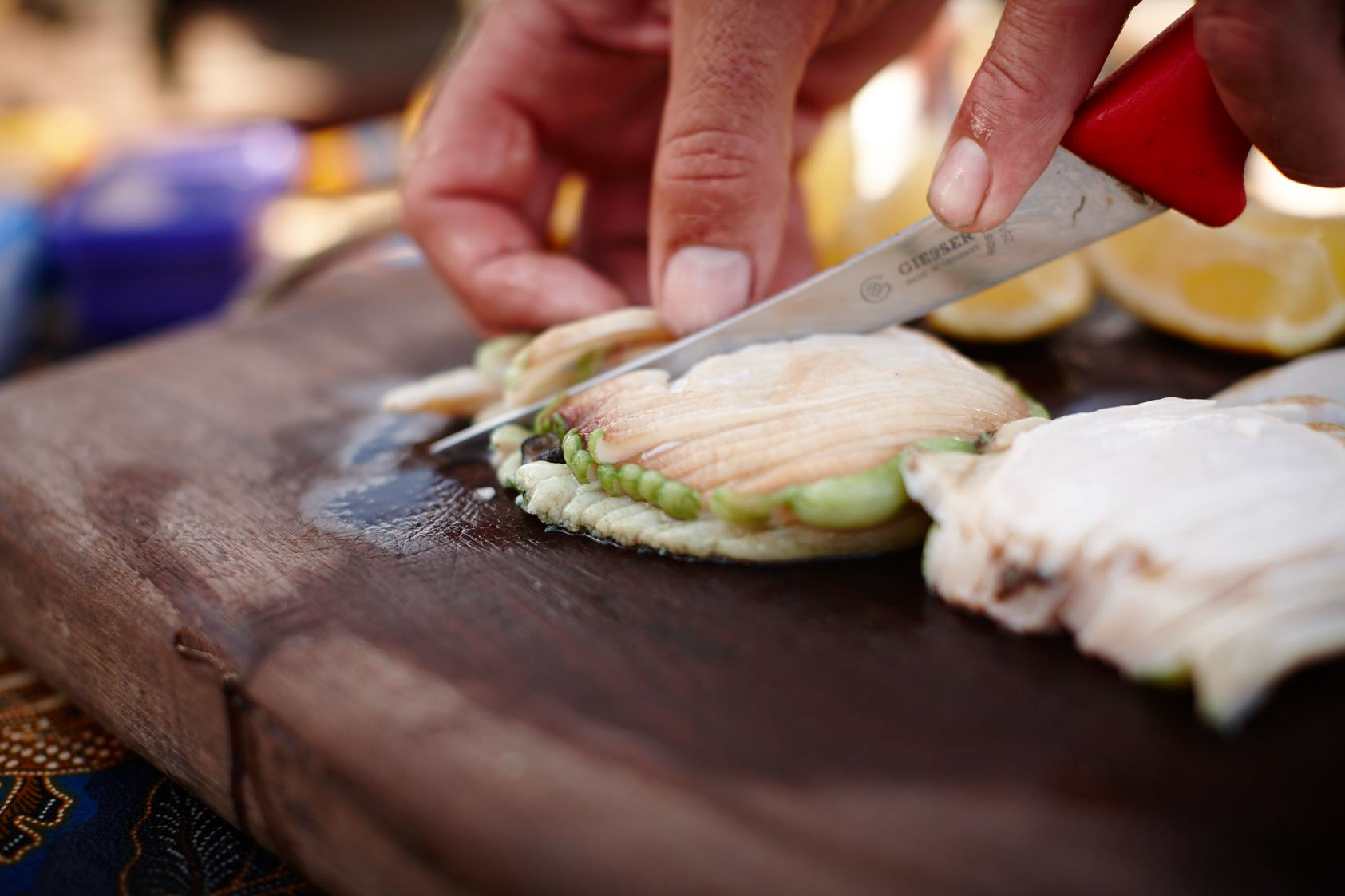Get ready for abalone to make a splash on menus – local fisherman Brad Adams has created a world-first, innovative, sustainable way to harvest these tasty treasures of the sea, just off the southern coast. Norman Burns chats to him about the underwater world of harvesting this seafood delicacy.
For a fish-like creature that’s covered in shell, let’s get one thing clear: an abalone is not a shellfish. The abalone is, in fact, a reef dwelling snail – and a delicious one at that. The abalone is also worth its weight in gold as a sought-after delicacy in Asia, particularly China, which is where WA fisherman and entrepreneur Brad Adams comes in.
Brad can’t recall the first time he tasted abalone, but even as a young child he always wanted to be an abalone diver and follow in the footsteps of his late father Terry, who pioneered the WA commercial abalone diving industry in the 1960s. Now Brad, together with partners and investors, is doing some pioneering of his own in the industry, by successfully establishing Ocean Grown Abalone (OGA), the world’s first sustainable abalone ranch, in the seas off Augusta.
“I actually have no recollection of first tasting abalone so it must have been part of my diet from a very young age,” he says. “I still enjoy eating, cooking and sharing it with people today. I got my PADI dive ticket at age 12 and have logged thousands of hours underwater ever since,’’ says Brad, whose two younger brothers Darren and Nathan are also abalone divers and manage the family’s licence.
